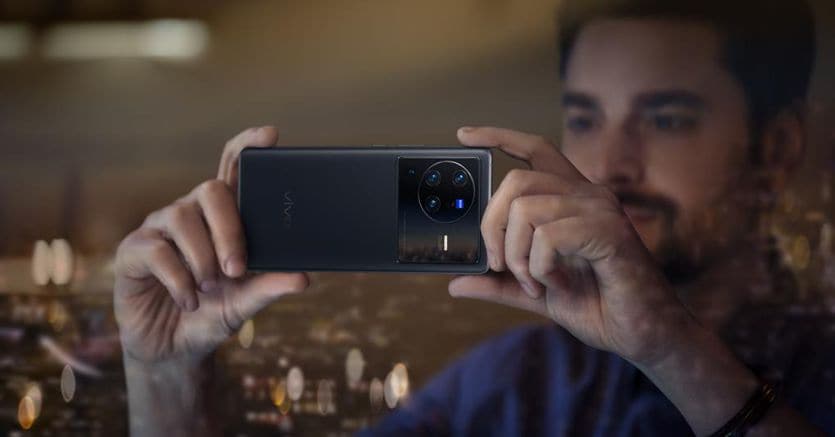The quality of professional photography inside smartphones? It is a theme that has been recurring for years, if we want since a decade ago Nokia launched its Lumia 1020 on the market, a device equipped with a mega sensor with a resolution of 41 megapixels and six Carl Zeiss lenses. There were those who baptized it (wrongly) as a potential rival of reflex cameras and a fierce competitor of compact cameras (even if only partially successful). The Finnish brand, which at the time ended up under the umbrella of Microsoft, however, opened a road still trodden by the same company and which has become the furrow along which Chinese producers (Xiaomi, Oppo, OnePlus) are consolidating their presence in Olympus. of mobile telephony or have built (as in the case of Huawei) their golden season. The alliances between those who develop and produce smartphones and the historical component companies in the photographic field such as Leica or Hasselblad are the icon of the evolution of the concept of imaging associated with smart phones and the collaboration between Zeiss and Vivo, started in 2010 and today further strengthened, it confirms that it is not just an intelligent marketing operation or the classic relationship between supplier (of optics) and customer.
Lenses designed with “digital twins
“The Imaging Lab created by the two companies has precisely the objective of bringing the standards of professional photography to the world of mobile phones through painstaking research and development focused on the optical component (lenses) and software (primarily artificial intelligence) responsible for controlling the functionality of lenses and sensors. The concept of working together, as explained by the managers of Vivo and Zeiss at the launch of the new X80 Pro series, the latest evolution of the photographic smartphone and heir to the already appreciated X60 Pro 5G, is the basis of an innovation that uses systems state-of-the-art normally used to design professional-class photographic and film lenses. The “digital – twins”, the digital twins used by Zeiss for prototyping and performance testing of lenses using a virtual model, are perhaps the highest point of a partnership that fishes even in the smallest details (see for example the nanostructure, one hundred times smaller than a grain of sand, which makes the glass surface of the lenses practically invisible) to give life to devices capable of producing images without reflections and state of the art in terms of resolution and contrast. In other words, the same technologies intended for the lenses of professional cameras will operate in the cameras of the Vivo X series smartphones to manage chromatic aberrations, reflections, glare and color distortions.
Bokeh effects and reflex-style colors
The guarantee of professional quality, confirmed by the Shenzen house, derives from the fact that every new smartphone on the launch pad on the market must meet more than 20 different imaging parameters, and for this more than 150 different camera modules are tested and carried out over 5 thousand test shots. And this is how next-generation smartphones can have such advanced computational capabilities that they can replicate the characteristic “bokeh” effects for shallow depth-of-field portraits of professional lenses. Where will the shooting quality of a smartphone go? Da Vivo explain how there will be a continuous evolution dictated by the combination of hardware attributes (lenses and optics) and software functionality, between algorithms and sensor quality and how from a technological point of view there are no limits whatsoever. On color, for example, the experiments conducted by the engineers of the Imaging Lab have deepened the techniques to “teach” a camera system of a smartphone to see reality as a human being does or to guarantee the same color rendering to a wide-angle and one-shot photos in portrait mode. Even this, say those directly involved, is a way to bring new standards of image quality to the mobile device, and in the specific case of color this means guaranteeing functionality in a coherent way to all the hardware equipment (the selfie camera, the macro, wide angle, telephoto and all the sensor kit), precisely because different lenses have different absorption properties for different wavelengths of light, each of which must be corrected accordingly. And at the Imaging Lab they test and calibrate the color of each camera module to ensure consistent output and professional-grade photographic quality.
